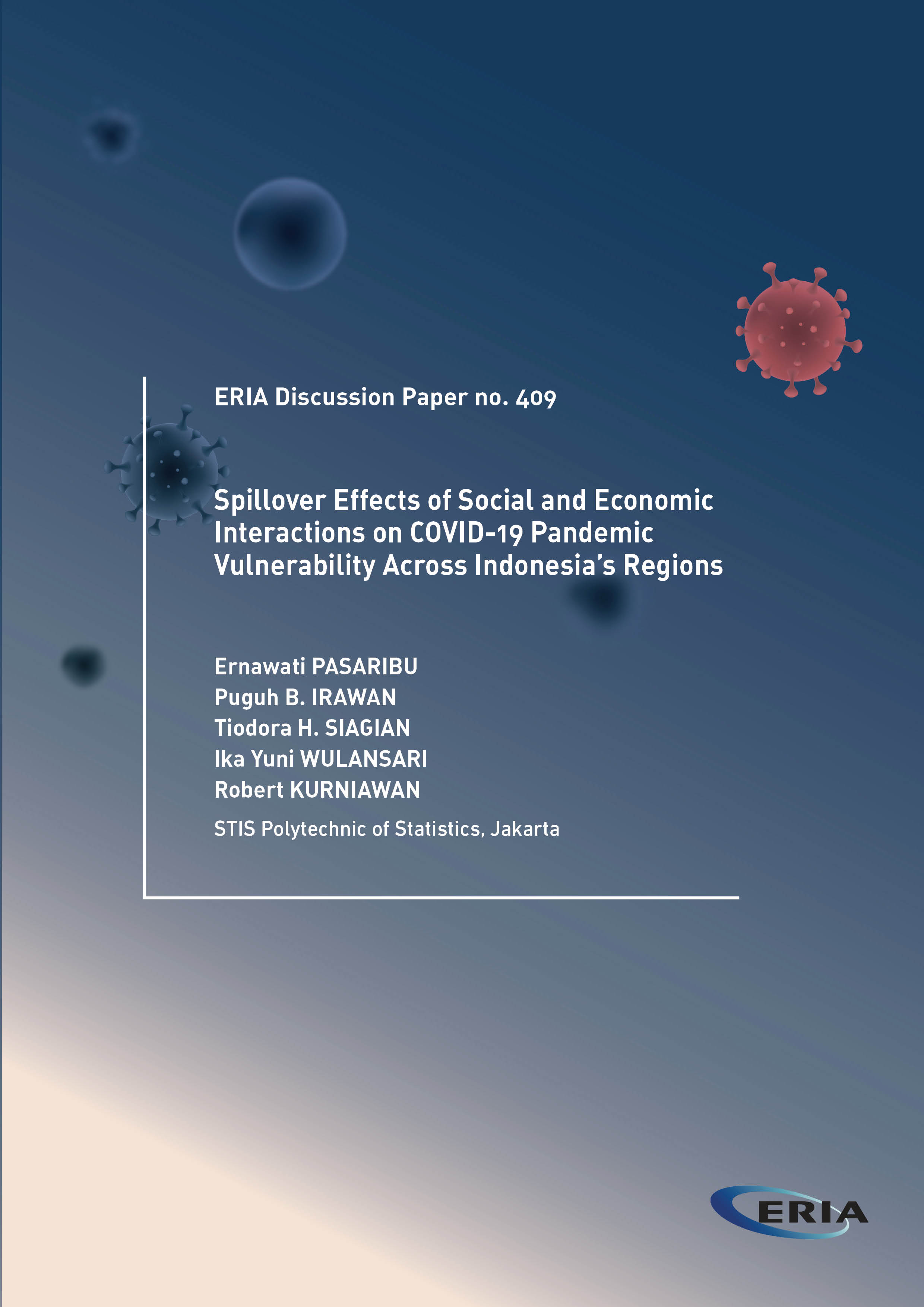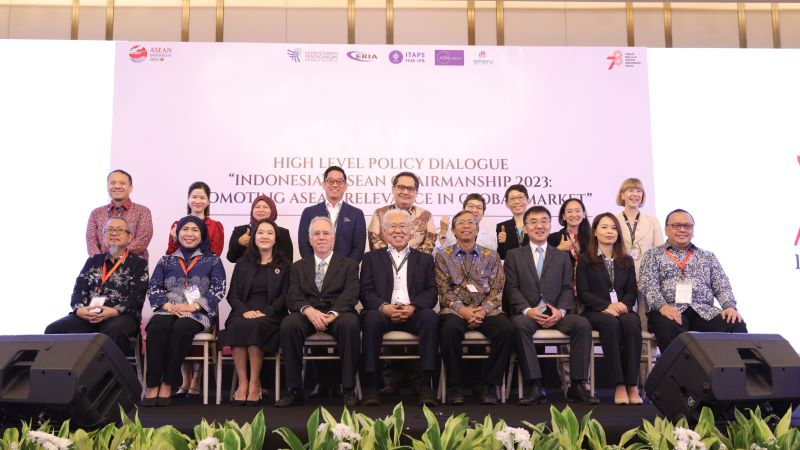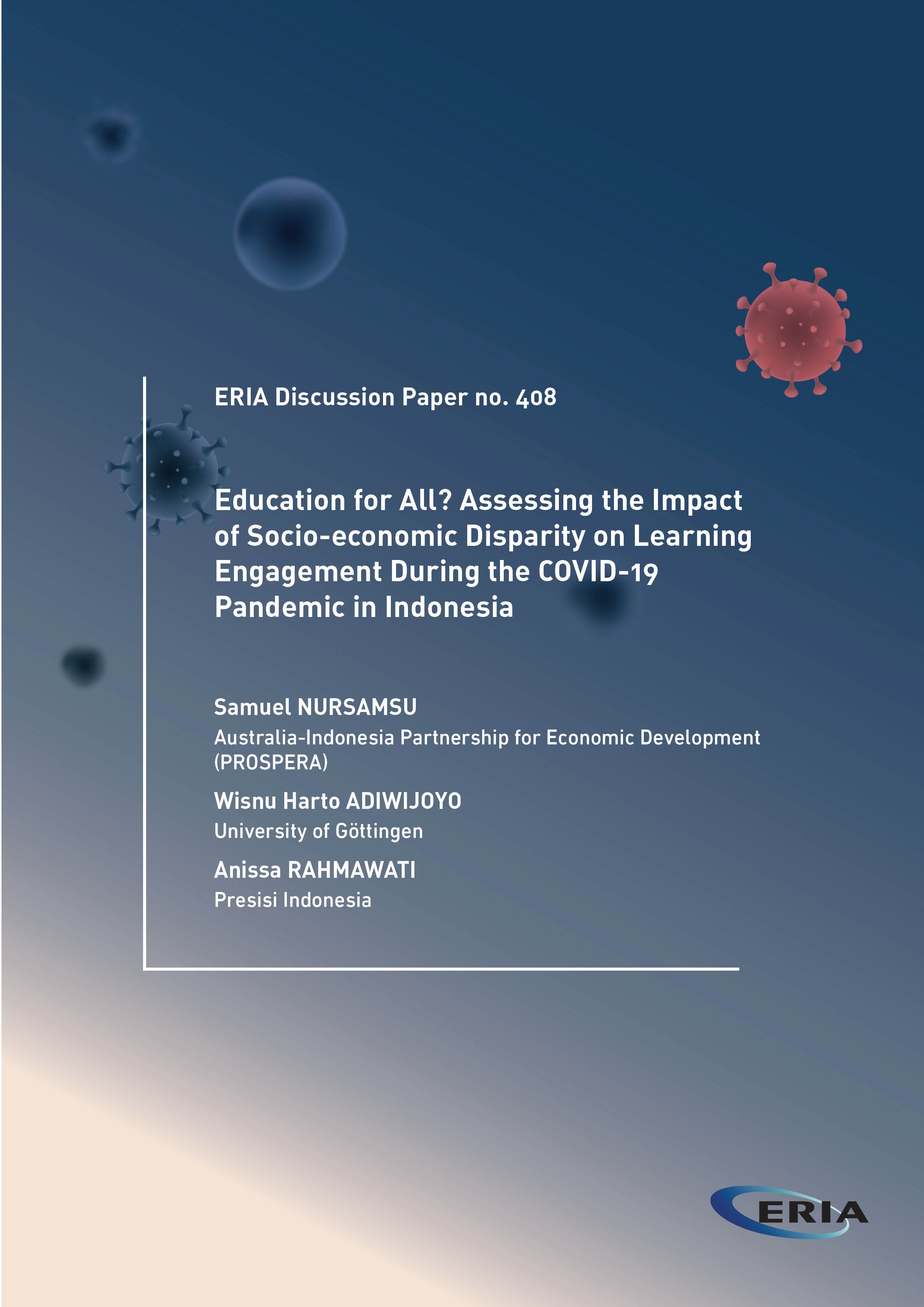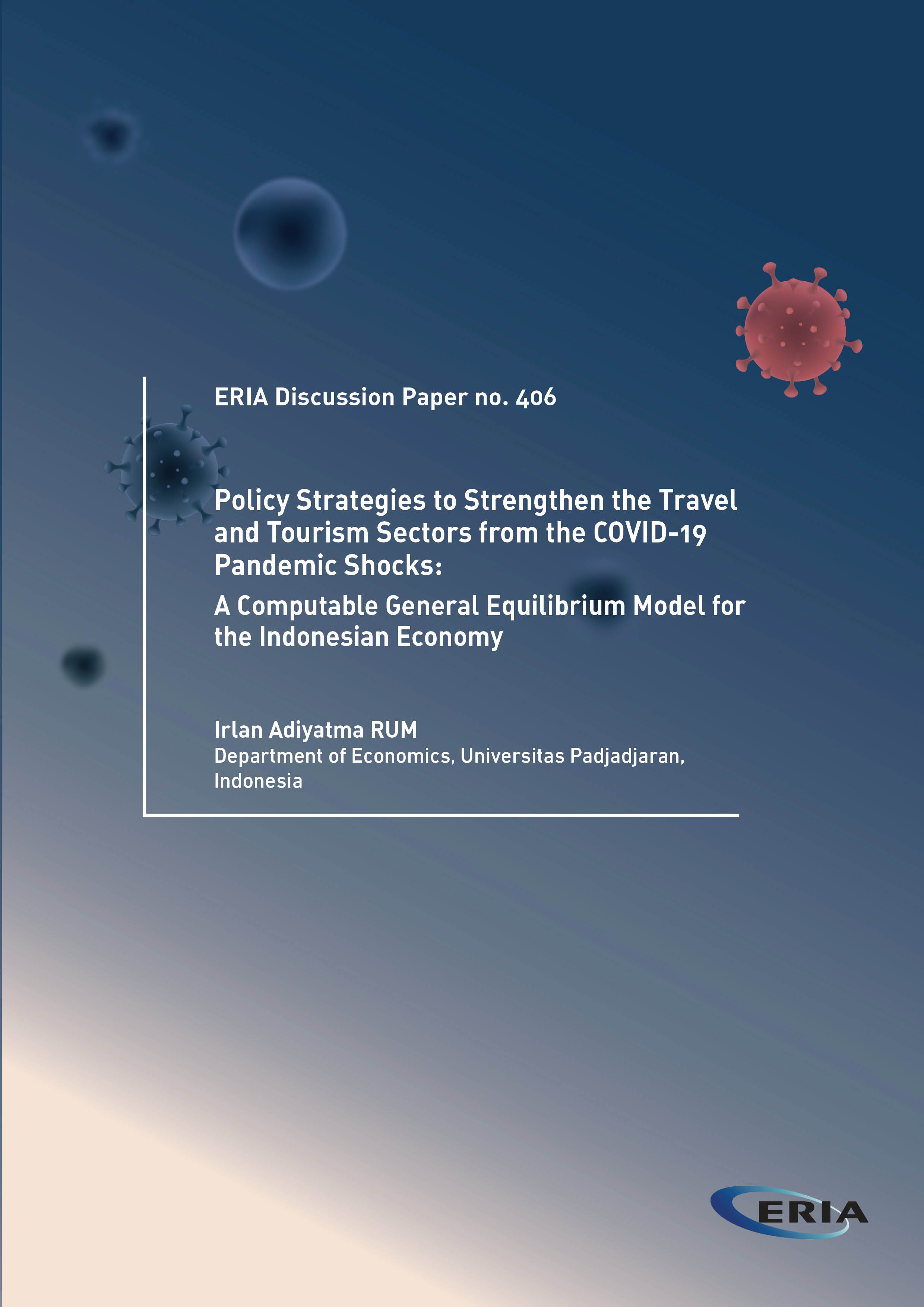Spillover Effects of Social and Economic Interactions on COVID-19 Pandemic Vulnerability Across Indonesia’s Regions

Date:
7 October 2021Type:
Discussion PapersTags:
COVID-19, Indonesia, Labour and Migration, PovertyPrint Article:
This research study focuses on measuring the possible spillover effects of socio-economic interactions on COVID-19 pandemic vulnerability across Indonesia’s regions by utilising a spatial simultaneous model. The COVID-19 pandemic vulnerability level here is used to indicate the extent to which a region is susceptible to the spreading COVID-19 pandemic, as determined by not only the region’s COVID-19 related epidemiological factors but also by its relevant socio-demographic and economic aspects, housing, environmental health, and availability of health facilities. High COVID-19 pandemic vulnerability levels were mostly found in districts in Java Island and southern Sumatera, suggesting high population density and mobility in both regions. It was revealed that 31 districts have low COVID-19 risk levels (from epidemiological indicators-related measurements), but they have high COVID-19 vulnerability levels (from epidemiological and socioeconomic indicators-based measurements). Labour productivity was found to have a reciprocal relationship with COVID-19 vulnerability, proving that the COVID-19 pandemic has a significant impact on labour productivity and vice versa. On the other hand, regional independence affects COVID-19 vulnerability, but this does not apply the other way around. Moreover, this study has also proven that COVID-19 pandemic vulnerability levels have socio-economic spillover effects on neighbouring areas in Indonesia.
This research was conducted as a part of the project ‘ERIA Research on COVID-19’ at the Economic Research Institute for ASEAN and East Asia (ERIA).




